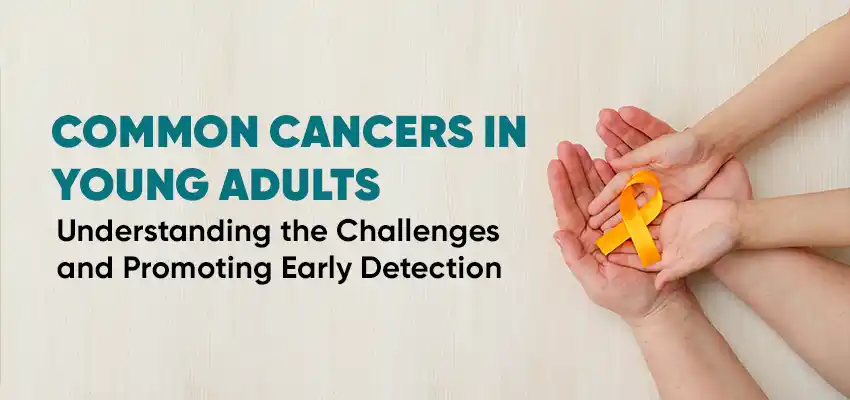The teenage years are a whirlwind of change: physical, emotional, and social. But amidst the academic pressures and ever-evolving identities, a crucial aspect of well-being often falls by the wayside – physical activity. A shocking statistic by the World Health Organization (WHO) reveals that a staggering 81% of adolescents aged 11-17 don’t get the recommended amount of physical activity. This lack of movement can have significant consequences for their present and future health.
So, what’s behind this alarming trend?
Several factors contribute to this inactivity:
- Screen Time: The allure of digital devices is undeniable. Teens spend a significant amount of time glued to phones, tablets, and computers, leaving less time for physical pursuits.
- Organized Sports Decline: Participation in organized sports leagues has seen a decline in recent years. This structured activity once provided a vital outlet for exercise and teamwork.
- Lack of Safe Spaces: Not all communities have access to safe and well-maintained parks, playgrounds, or recreational facilities, limiting opportunities for outdoor play.
- Shifting School Priorities: Physical education classes are often squeezed out of school curriculums to make way for core subjects.
The Consequences of Inactivity
The impact of not getting enough physical activity goes far beyond just missing out on playtime. Here’s what’s at stake:
- Increased Risk of Chronic Diseases: A sedentary lifestyle is linked to a higher risk of developing obesity, type 2 diabetes, heart disease, and some cancers.
- Mental Health Concerns: Regular exercise has proven benefits for mental well-being, reducing symptoms of anxiety and depression.
- Poor Sleep Quality: Physical activity can improve sleep quality, which is crucial for overall health and cognitive function in teenagers.
- Musculoskeletal Issues: Lack of movement can lead to weakened muscles, decreased bone density, and increased risk of injuries.
The Road to a Healthier Future
By working together, parents, educators, healthcare professionals, and communities can create environments that encourage and support physical activity in teenagers. Here are some tips:
- Lead by Example: Parents who are active themselves are more likely to have active children. Make physical activity a family affair!
- Limit Screen Time: Set healthy boundaries around screen time to encourage more active pursuits.
- Explore Fun Activities: Find activities that teenagers enjoy, whether it’s dancing, swimming, biking, or joining a sports club.
- Seek Guidance From a Physical Therapist: A physical therapist can create a personalized plan for your teen, ensuring safe and effective movement habits for a healthier future.
Physical Therapist can play a vital role in reversing this trend and promoting healthy movement habits in adolescents. Here’s how: Supreme Hospital is committed to promoting healthy lifestyles for all ages. Our expert Physical Therapist can help your teenager develop a love for movement and create a roadmap for a healthy and active future. Contact us today to schedule an appointment!



